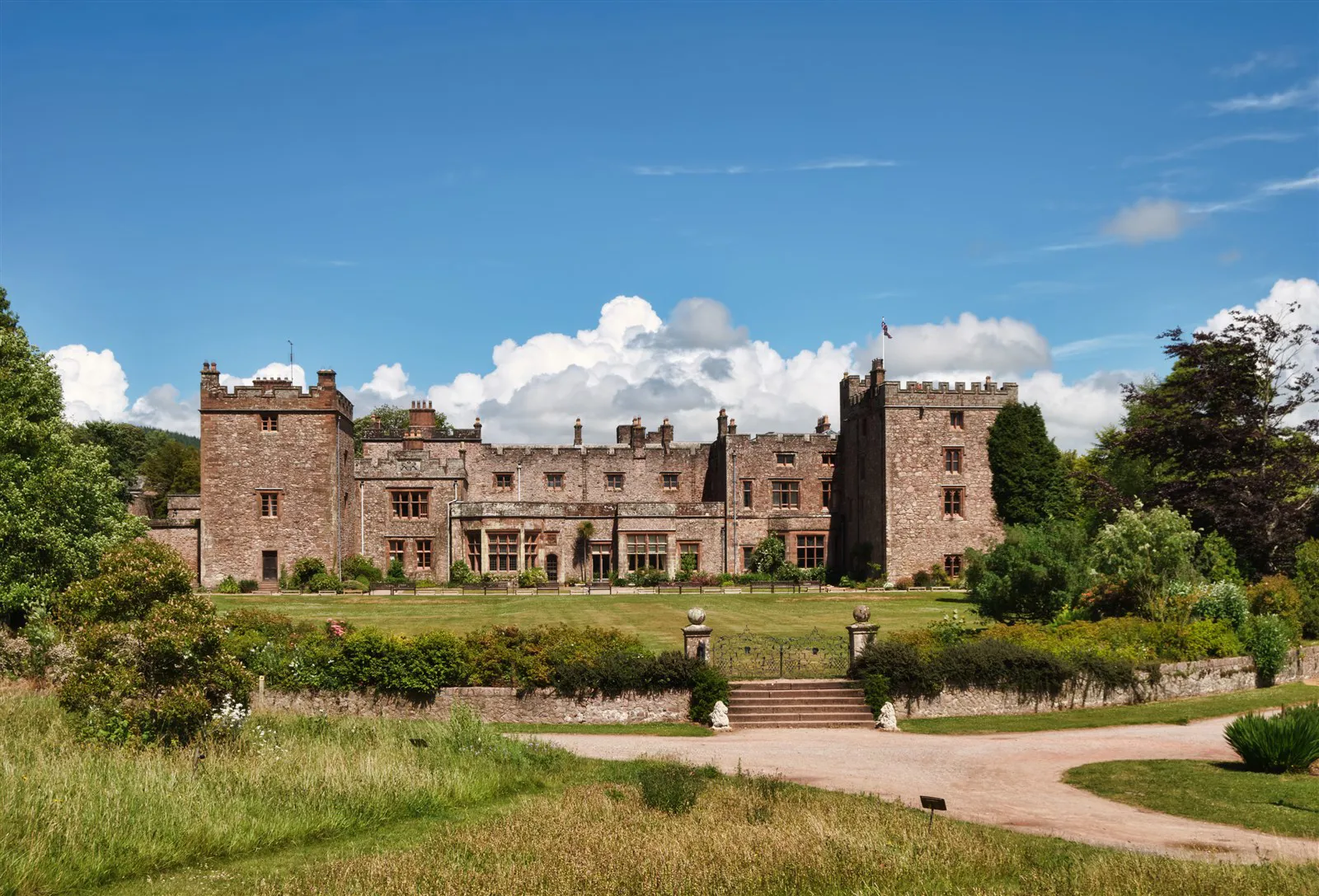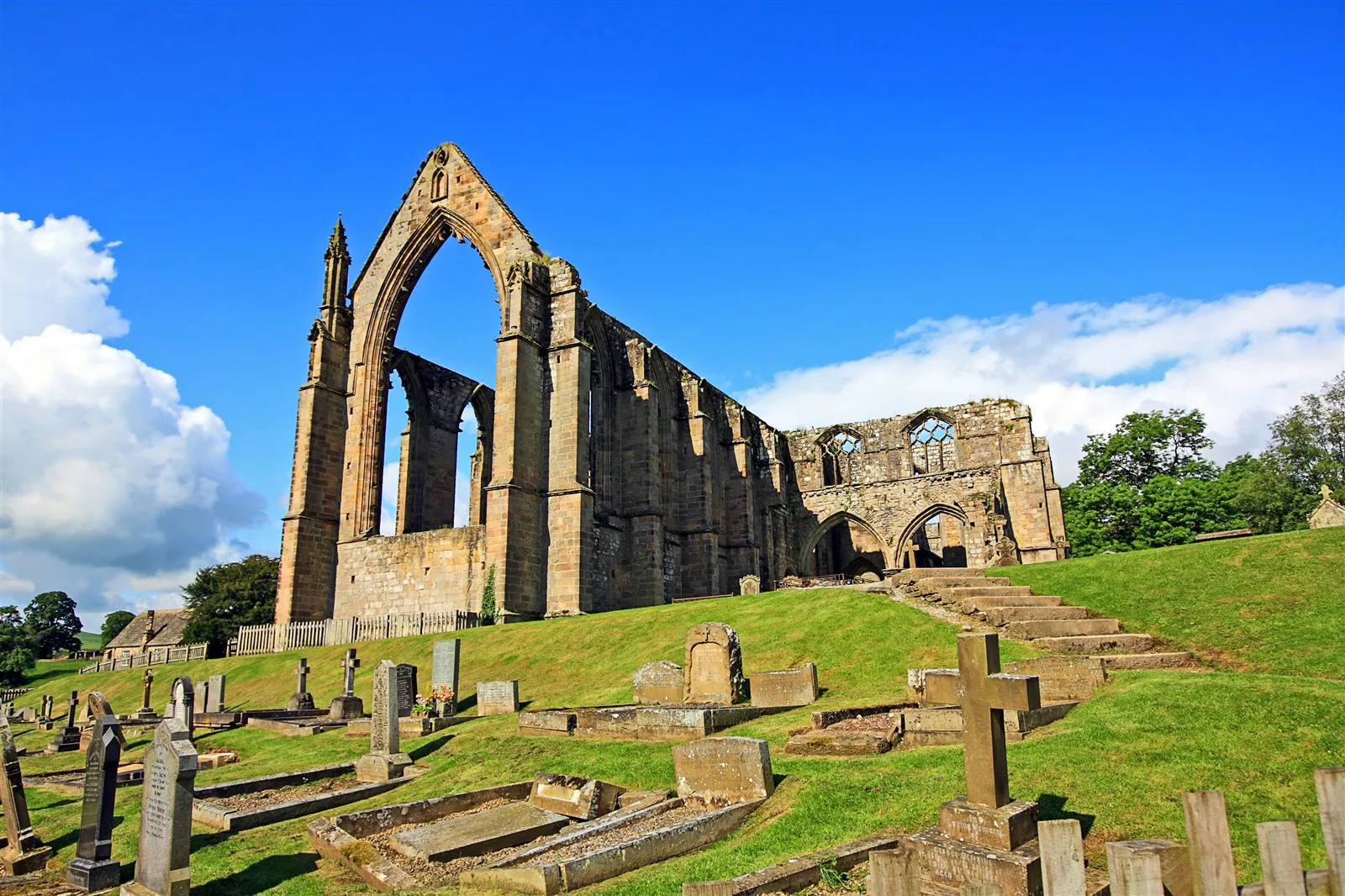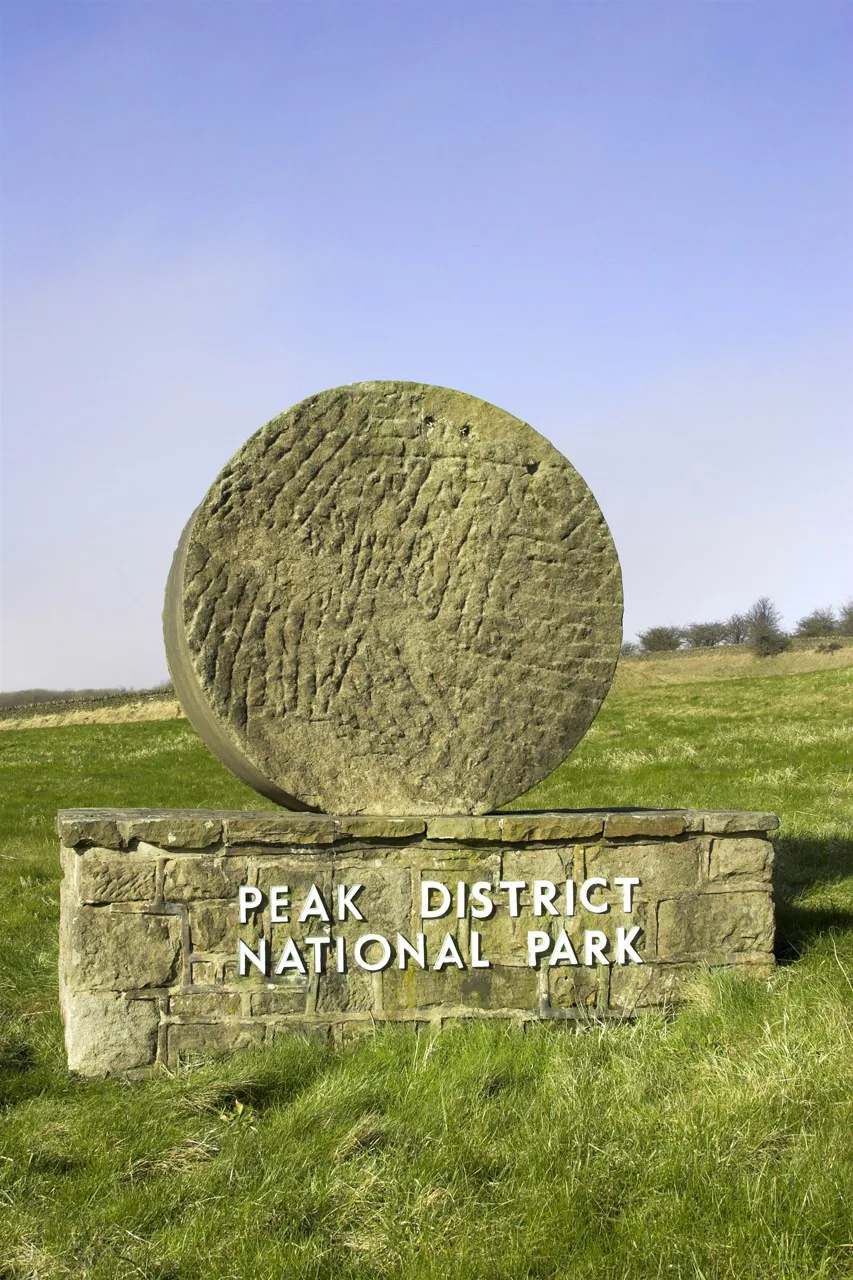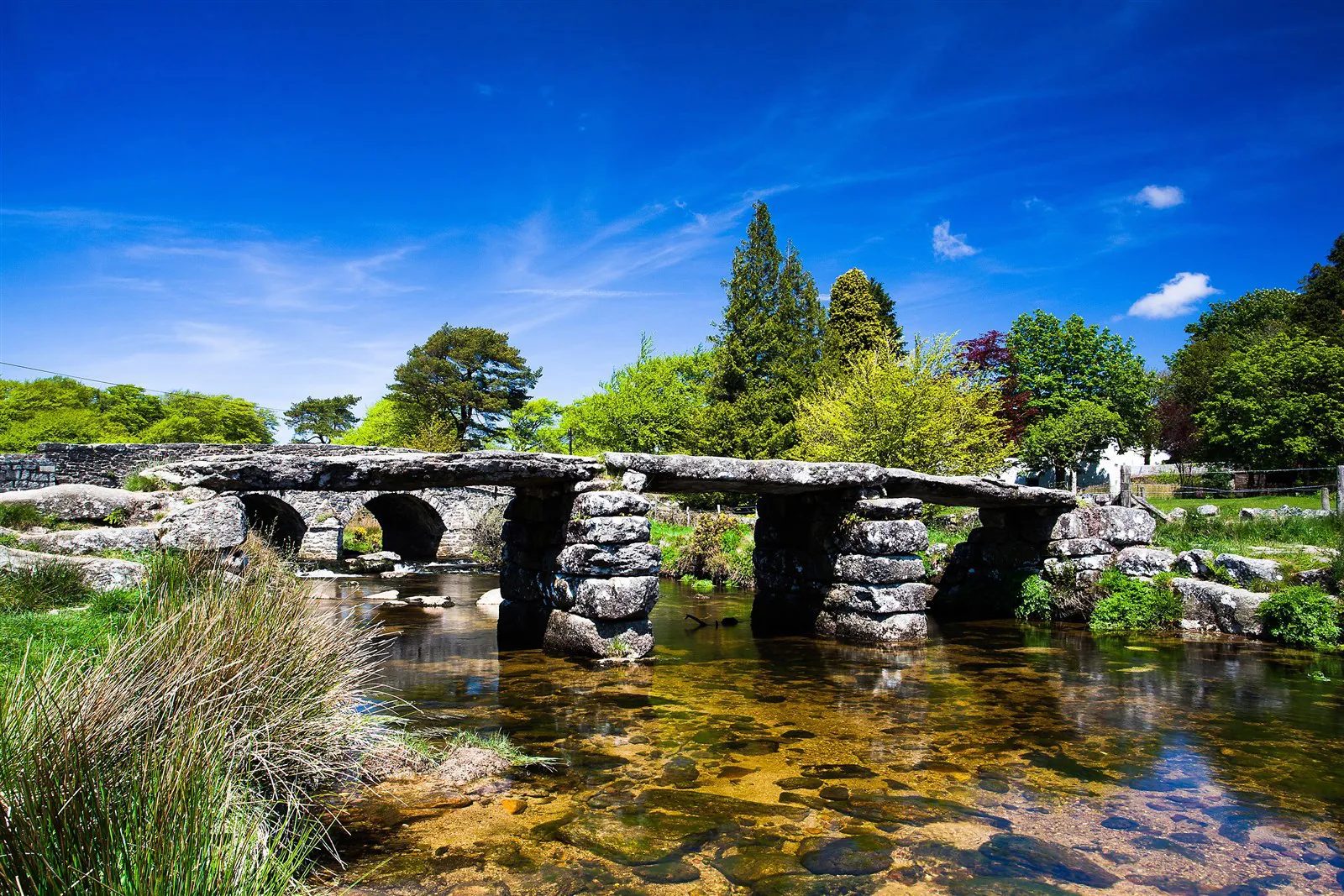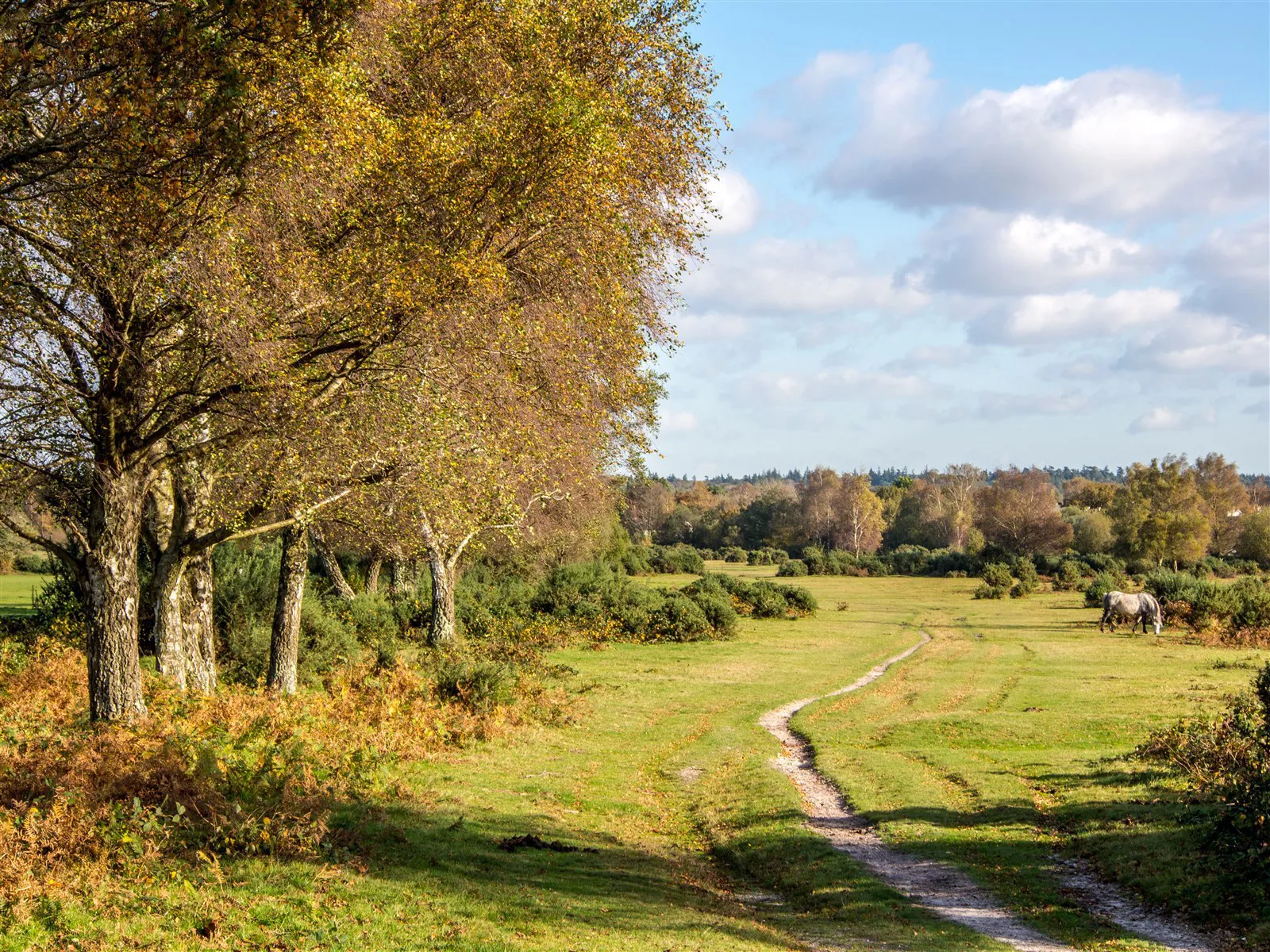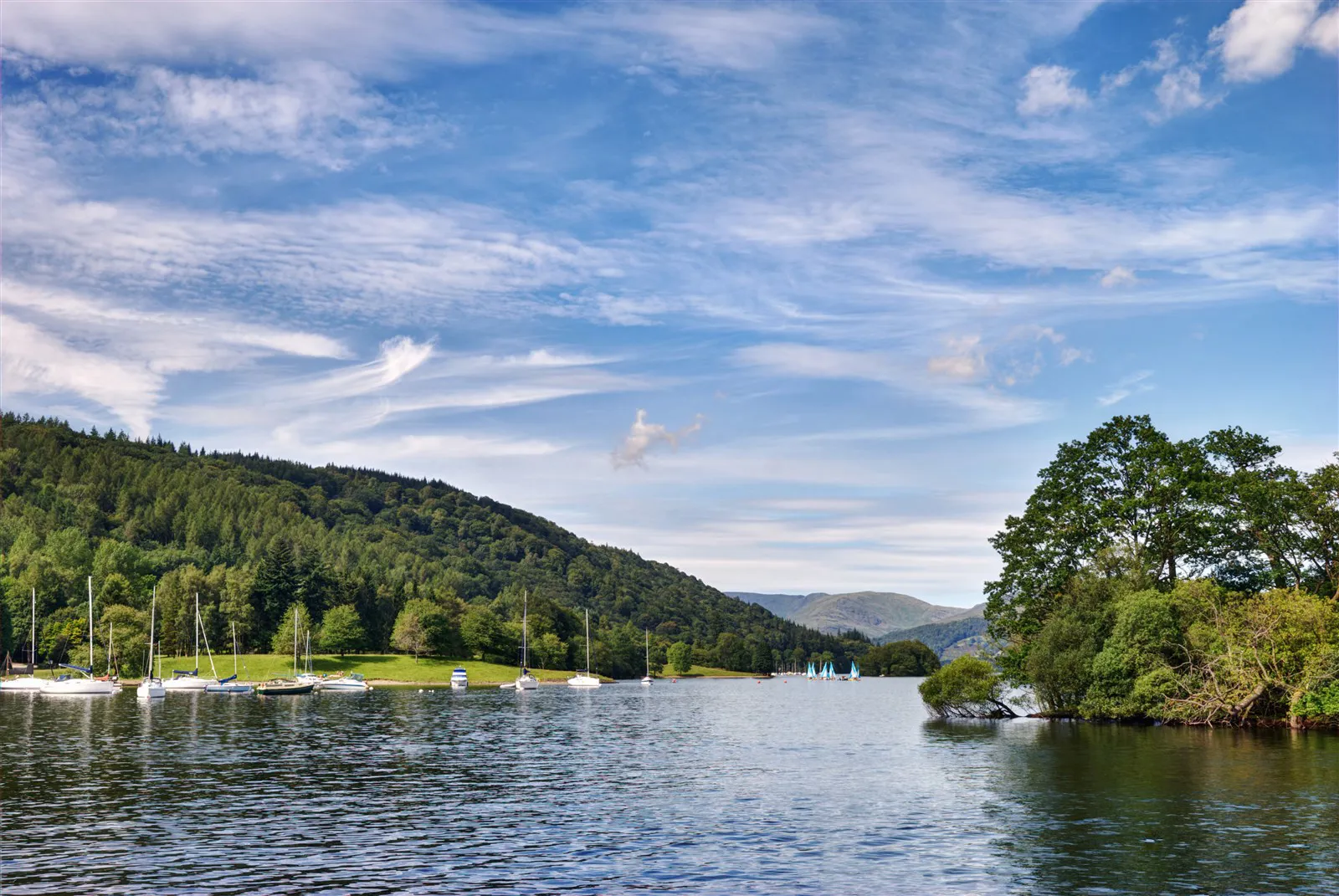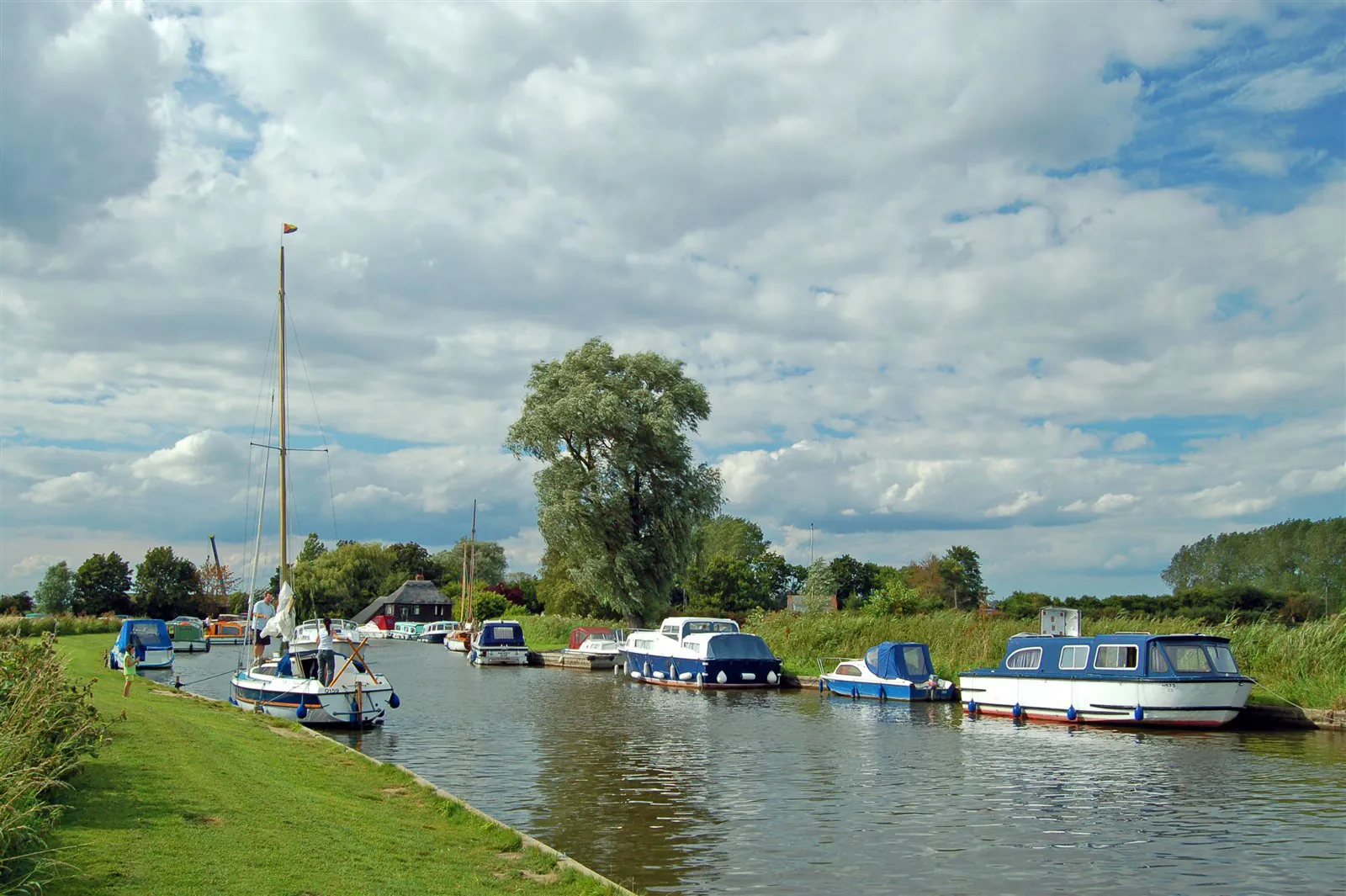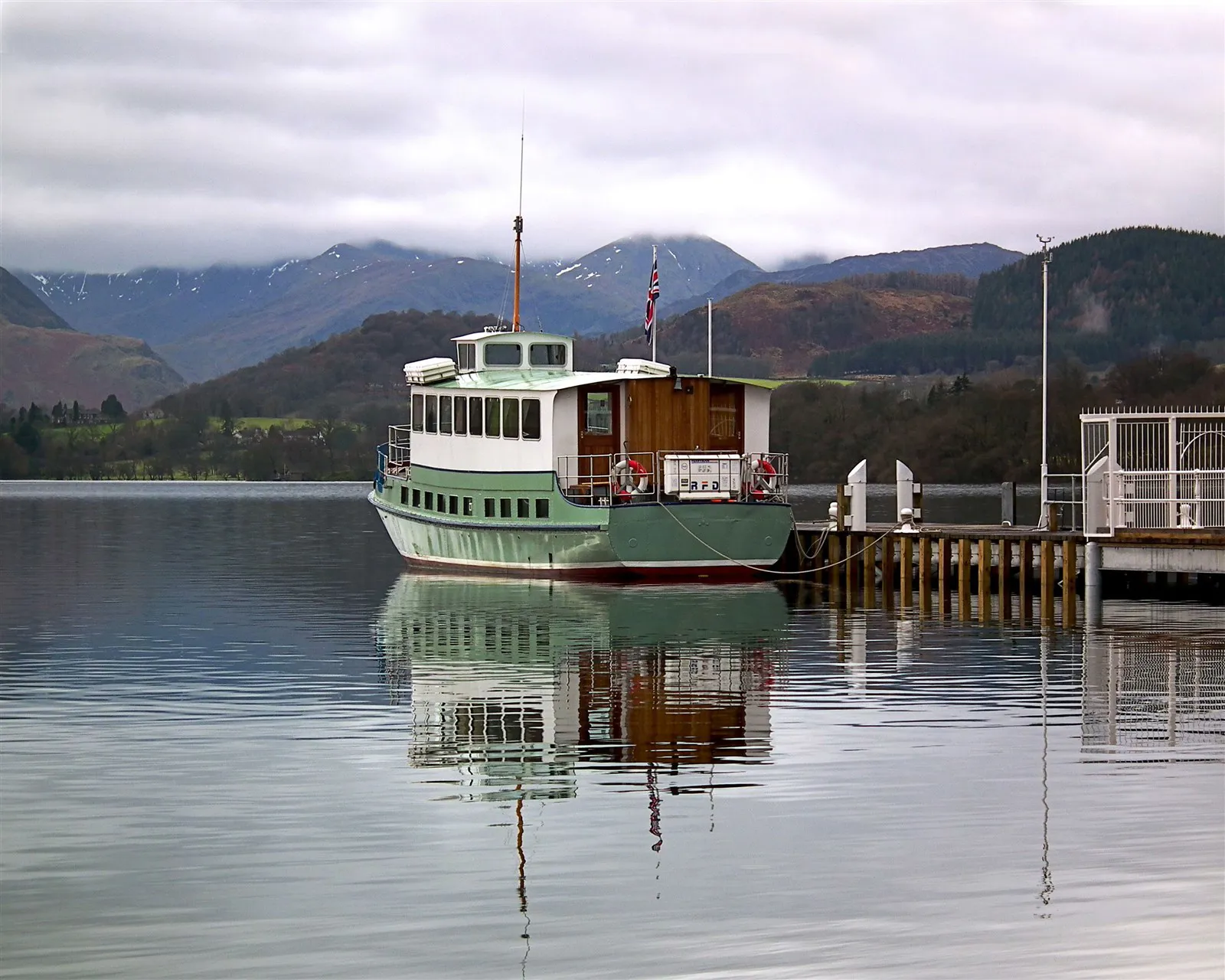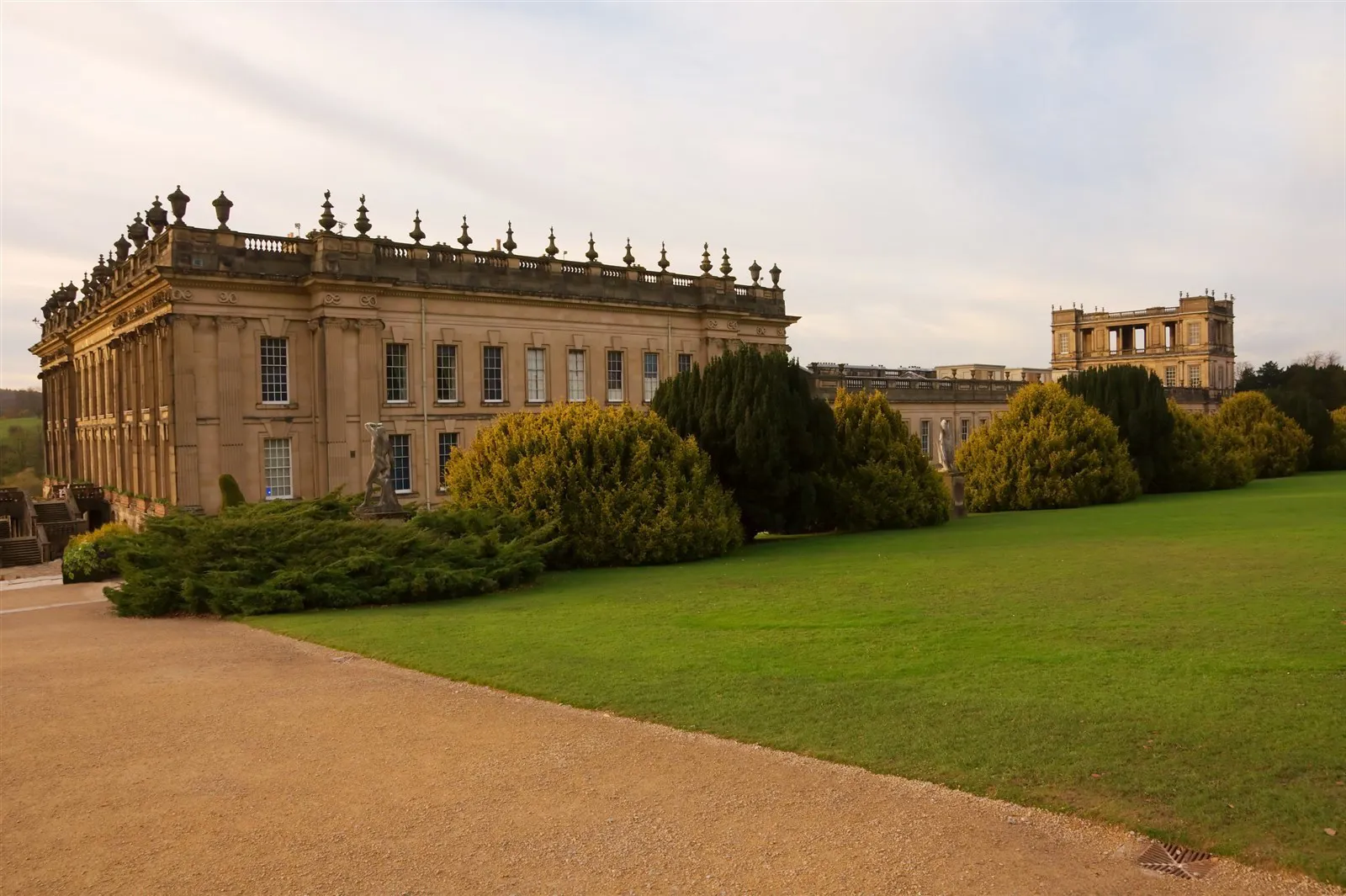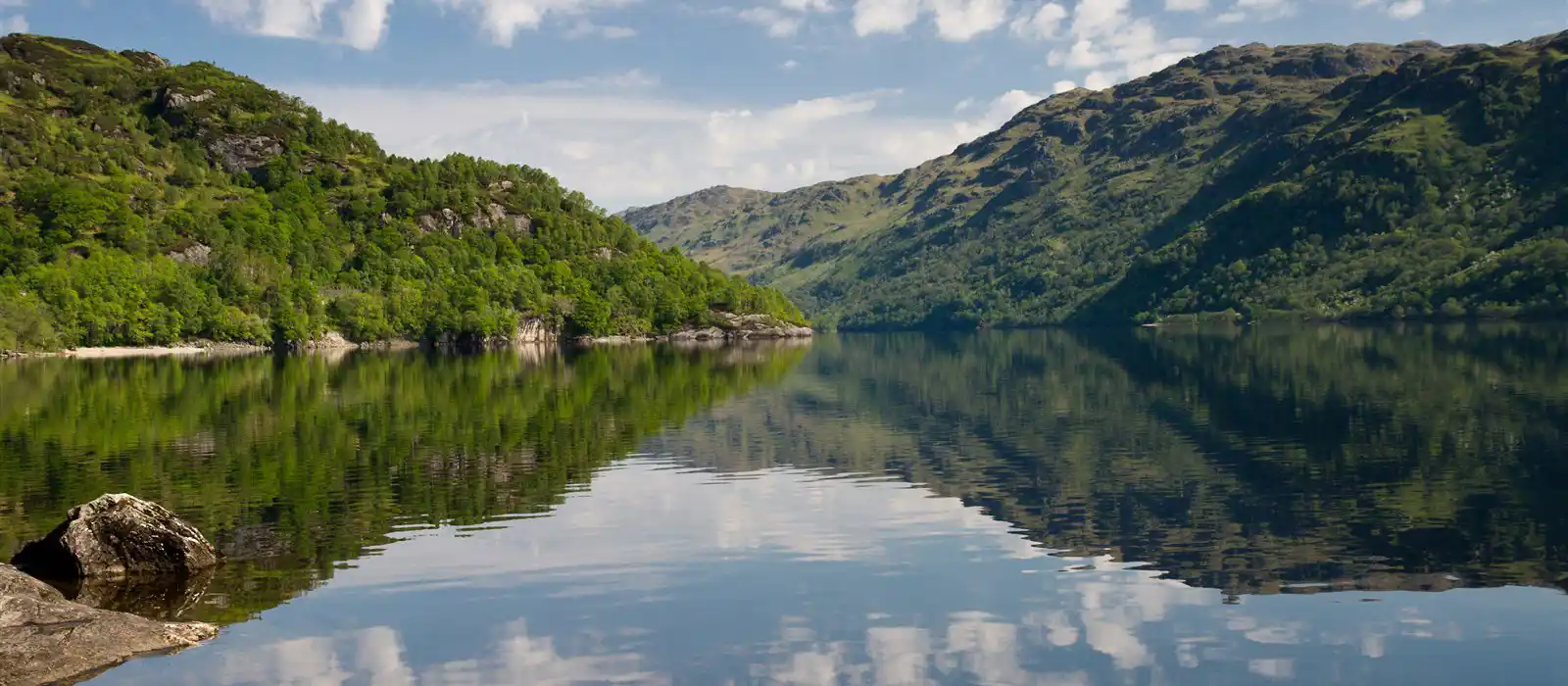
Loch Lomond National Park: Everything you need to know
City-dwellers often spend their nights dreaming of wild landscapes. Some imagine vast expanses of calm water, forests with ancient trees or climbing rugged mountains. All of these dreamy picturesque landscapes can be found in Loch Lomond National Park in western Scotland. The national park is made of four different sections, namely Loch Lomond, the Trossachs, Breadalbane and Argyll Forest. Each area has its own wonders to be discovered, but we hope this guide will help you make the most of your visit.
The Lochs
Loch Lomond, for which the national park is named, is the largest body of freshwater in mainland Britain. Each of the Scottish Lochs has unique features. Loch Ness, for example, is famed for its ‘monster,’ reportedly seen by tourists over the years. Luckily, you don’t need to worry about monsters at Loch Lomond! Instead, you can spend your time trying to spot the elusive red squirrel. Loch Lomond National Park is one of the few places left in Britain where you can spot the squirrel in the wild. If you’re keen to see the red squirrel, then visit the David Marshall Lodge near Aberfoyle. Here you can find information, live footage of woodland birds, a red squirrel hide and experts on hand to answer any questions you or your kids might have.
Highlights of the park
The national park has many great places to explore, sights to see and activities to take on. Scottish writer Sir Walter Scott was inspired by Loch Katrine to write “The Lady of the Lake,” one of his most famous poems. Now you can take a cruise down the same inspiring lochs in the steamship SS Sir Walter Scott!
If a cruise sounds a bit formal, head to Loch Goil and take in the breathtaking scenery from a Voyageur Canoe. This Argyll company provides tailored trips across the expanse of water, so you can book whatever length of paddle suits you and your family best! The 26-foot long canoe can accommodate up to ten people, so the whole family can join in this activity. Keep an eye out for porpoises and seals on Loch Goil.
Wildlife
Loch Lomond National Park is home to a huge variety of wildlife, and is a particularly great spot for birds. Ospreys choose to breed here, as do the rare Capercaillie. The Capercallie are the world’s largest grouse species and the only place they breed is on the islands of Loch Lomond.
You can learn more about rare species of bird at the Loch Lomond Bird of Prey Centre near Ballagan. There you can see 28 species of predatory birds. Visitors are provided with a guided tour, where they can learn about the species and characteristics of each bird. Family tickets are very reasonable, costing as little as £8.
You won’t need any special equipment if you fancy bird spotting around the Loch, though it may be a good idea to being a decent pair of binoculars. You may also want to bring your camera for snapping some shots of the scenery or the herds of deer that live in the park’s woodlands!
Exploring the National Park
The park strongly encourages people to use public transport, so it should be fairly easy to reach your destination by train, coach, bus or ferry. It’s also very popular to explore parts of the national park on foot, and there are many spectacular wildlife walks you can try. One of the best is Puck’s Glen Walk which can be found in Benmore, part of the Argyll Forest Park. This walk through the trees is renowned for its beauty and magical feel as it looks just like an enchanted forest! The walk is approximately 2 miles long and details of the route can be found online. Also within the Argyll Forest Park is the Cobbler (also known as Ben Arthur), one of Scotland’s most popular climbs, so if you are camping in this area you will be spoilt for choice when it comes to beautiful landscapes. These glamping sites in Loch Lomond and the Trossachs provide the perfect base for exploring the park.
Other attractions
If you are interested in history, then take the boat to Inchmahome Priory, located on an island on Lake Menteith. This 13th century monastery is part ruin, but much of the building remains open for you to explore. Admission costs £5.50 per adult, or £3.30 per child.
If you’re holidaying in Loch Lomond National Park, then you don’t need to worry about packing lots of board games or a huge case of books. The scenery and wildlife is sure to provide you with all the entertainment you could possibly need. Enjoy exploring!
Download our list of everything of you need to remember for the perfect camping trip!
DownloadThese ideas for days out, places to visit and other experiences offer something for everyone.
Browse Ideas